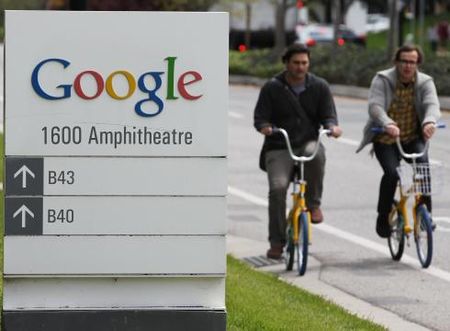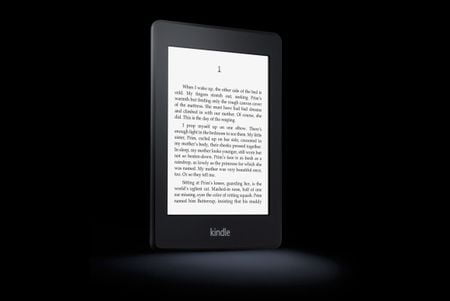Two major battery manufacturers in China plan to slash the prices of their products by 50 percent. This move comes in response to escalating competition within the electric vehicle market, where batteries are a pivotal and costly component. Analysts anticipate that this strategy will not only drive up demand for electric cars but also decrease their overall cost.

What’s unfolding and why?
Ever since electric cars hit the market, their prices have remained significantly higher than traditional internal combustion engine vehicles. This is largely due to the hefty cost of battery packs, which drives up the overall price of such vehicles. The world’s largest electric car battery manufacturer, Chinese company CATL, has revealed plans to slash the cost of its batteries by 50% this year.
But what’s the motive behind this move? Is the manufacturer genuinely aiming to make electric transportation more affordable? That would be ideal, but not quite. This decision arises amidst a competitive skirmish with another major Chinese battery manufacturer for electric vehicles, BYD’s subsidiary FinDreams.

CATL’s strategic decision to cut battery prices reflects its proactive response to the relentless price competition in the industry. In 2022, the electric vehicle sector witnessed swift expansion, driven by the demand for eco-friendly vehicles and governmental regulations promoting the transition to electric transport. However, this surge has resulted in an oversupply situation amid subdued demand. By actively seeking to trim battery expenses, CATL is demonstrating its commitment to maintaining competitiveness and its ability to adapt to market conditions.
However, a significant obstacle arises. Prices cannot decrease spontaneously without the utilization of cheaper materials and technologies. Engineers have made notable advancements in creating new battery compounds, enabling companies such as CATL and BYD to manufacture batteries devoid of cobalt. This element is both expensive and problematic for the industry.
The element is problematic partly due to concerns raised by human rights organizations regarding the exploitation of child labor by companies involved in its extraction. While these organizations may have limited influence in China, their advocacy remains significant.
Indeed, many cobalt mines are situated in nations with low levels of development and limited governmental oversight, such as the Democratic Republic of Congo (DRC). Children are often compelled to toil in cobalt mines in these areas under harsh and difficult circumstances. Companies that utilize cobalt in producing batteries and goods are consistently under pressure from the public and regulators to uphold transparency and standards within their supply chains. Eliminating cobalt from the roster of materials used in battery production represents a significant stride for manufacturers, not only in terms of cost reduction but also in addressing ethical concerns surrounding labor practices and human rights.
What else?
Furthermore, some companies are effectively cutting battery costs by ramping up production and exploring alternative sources of lithium. Several entities, including Toyota, are actively engaged in the development of solid-state batteries. These batteries are deemed safer and boast high energy densities, enhancing battery capacity.

In 2022, the demand for electric vehicles surged by 96 percent, but it decelerated significantly by 60 percent in 2023. This decline had an adverse effect on CATL’s profits. Consequently, the company has been compelled to bolster demand for its products, with price reduction emerging as one of the most potent strategies. However, battery production necessitates an array of chemical elements, including lithium, nickel, copper, cobalt, and rare earth metals. Ensuring ongoing access to these resources remains crucial for advancing the electric vehicle market.
Until recently, manufacturers predominantly focused on producing NMC batteries comprising lithium, nickel, manganese, and cobalt. Renowned for their high energy density, these batteries found widespread application in the automotive sector. However, Chinese firms have initiated developing and producing batteries utilizing LFP (lithium-iron-phosphate) technology. Unlike NMC batteries, LFP variants exclude cobalt and use the more cost-effective and eco-friendly iron phosphate, significantly reducing production expenses. Consequently, mindful of these factors, Chinese companies have begun transitioning towards producing LFP batteries, thereby attaining nearly full control over this market segment.
These batteries not only boast lower production costs but also exhibit extended lifespans and reduced fire risks compared to conventional lithium batteries. However, they do come with drawbacks: their cobalt-free composition results in lower capacity and voltage, consequently impacting battery efficiency.
Key Market Players and Outlook
While the cost of lithium carbonate remains a significant factor, it’s not the primary determinant of battery pricing. Despite its prices experiencing a steady rise for several years before beginning to decline recently, battery prices have remained relatively stable or even slightly decreased during this period. This is largely due to companies’ efforts to utilize more affordable and economical materials, which impacts the final product’s pricing. Manufacturers involved in lithium mining are seeking new deposits of this chemical element to meet the escalating demand. For instance, CATL has substantially invested in constructing lithium mines in Bolivia. Experts anticipate that in 2024 and 2025, the supply of lithium in the market will outpace demand, surpassing it by approximately 34 percent. This surplus is expected to stabilize electric battery prices.
While Chinese companies have emerged as leaders in LFP battery production, they are not the sole participants in this market. For instance, Tesla utilizes NMC (nickel-manganese-cobalt) and NCA (nickel-cobalt-aluminum) batteries supplied by Panasonic from Japan and LG from South Korea. Toyota, traditionally known for its focus on hybrid (such as Prius and RAV4 Hybrid) and hydrogen (like Mirai) vehicles, is now reassessing its strategy and placing greater emphasis on solid-state battery development. In September of last year, Toyota announced a significant breakthrough in advancing new batteries capable of extending driving ranges up to 1,200 kilometers and reducing charging times.
Meanwhile, Chinese manufacturers and the Chinese government actively invest in developing solid-state batteries to narrow the gap with industry leaders. However, predicting which battery technology will emerge as dominant remains challenging. As green technology continues to advance, various types of batteries tailored to different modes of transportation may become necessary. For instance, electric airplanes may demand exceptionally high energy density batteries, like the “condensed matter” batteries developed by CATL.
Manufacturers are relentlessly pursuing enhancements in battery characteristics, particularly energy density, measured in watt-hours per kilogram. An efficient electric vehicle typically necessitates a battery with a range of 150-250 watt-hours per kilogram. Remarkably, recent breakthroughs in laboratory settings have shattered this benchmark, more than doubling the energy density. As a result, the battery industry is on the brink of experiencing a profound transformation.








